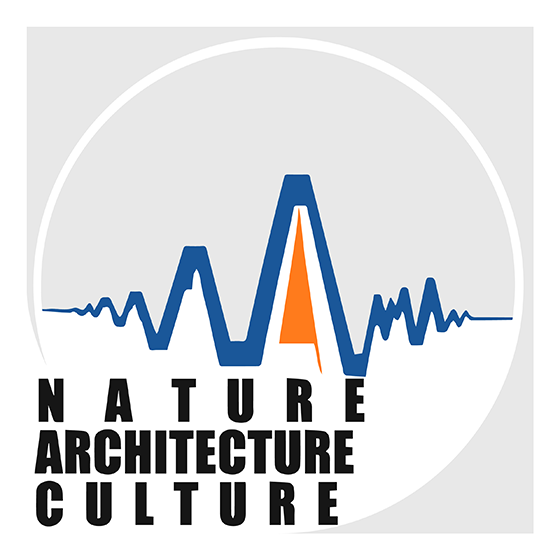
Pro-natural concepts of architecture – origins and perspectives
The series of conferences titled NATURE – ARCHITECTURE – CULTURE refers to the universal essence of architectural creation by providing humans with optimal living conditions. The ideal home, the ideal habitat, the ideal city – these are the visions that guide actions which subordinate the main material resources and the intellectual, creative, and technical potential of individuals and societies. The history of architecture and urban planning is a continuum of the realization of the concept of ideal cities.
In the face of a civilizational shift – occurring with our participation – undertaking transformations in urbanized spaces requires, on the one hand, creative dynamics, and at the same time, sensitive consideration and pragmatic caution. In creating visions of future cities, traditional patterns of living in direct contact with nature remain significant sources of inspiration. Houses with gardens, urban parks, cities – gardens are universal motifs embedded in the evolution of ideal cities. Their implementation in shaping the contemporary urban environment requires arguments based on reinterpretations of historical experiences and the application of current interdisciplinary knowledge. The search for pro-natural architectural concepts that genuinely improve living conditions in the city remains open.
Conference program topics:
1/ The use of historical concepts of integrating elements of nature in architecture – examples, interdisciplinary arguments.
2/ Innovative models of integrating elements of nature in architecture – examples, interdisciplinary arguments.
Pronaturalne koncepcje architektury – geneza i perspektywy
Cykl konferencji zatytułowany NATURA – ARCHITEKTURA – KULTURA odwołuje się do uniwersalnej istoty tworzenia architektury poprzez zapewnienie człowiekowi optymalnych warunków życia. Idealny dom, idealne siedlisko, idealne miasto – to sens działań, którym podporządkowywane są główne zasoby materialne oraz intelektualny, kreacyjny i techniczny potencjał indywidualności oraz społeczeństw. Historia architektury i urbanistyki to pasmo urzeczywistniania koncepcji miast idealnych.
W obliczu cywilizacyjnego zwrotu – dokonującego się z naszym udziałem – podejmowanie przekształceń przestrzeni zurbanizowanej wymaga z jednej strony kreatywnej dynamiki, a jednocześnie wrażliwej rozwagi i pragmatycznej ostrożności. W tworzeniu wizji miast przyszłości nadal istotnymi inspiracjami pozostają tradycyjne wzory mieszkania w bezpośrednim kontakcie z naturą. Domy z ogrodami, miejskie parki, miasta – ogrody to uniwersalne motywy wpisane w ewolucję miast idealnych. Ich implementacja w kształtowaniu współczesnego miejskiego środowiska wymaga argumentacji opartej na reinterpretacjach historycznych doświadczeń oraz aplikacji aktualnej interdyscyplinarnej wiedzy. Wciąż otwarte pozostają poszukiwania pronaturalnych koncepcji architektury, które realnie uzdrawiają warunki życia w mieście.
Tematy programowe konferencji:
1/ Wykorzystanie historycznych koncepcji integracji elementów natury w architekturze – przykłady, interdyscyplinarne argumenty.
2/ Innowacyjne modele integracji elementów natury w architekturze – przykłady, interdyscyplinarne argumenty.